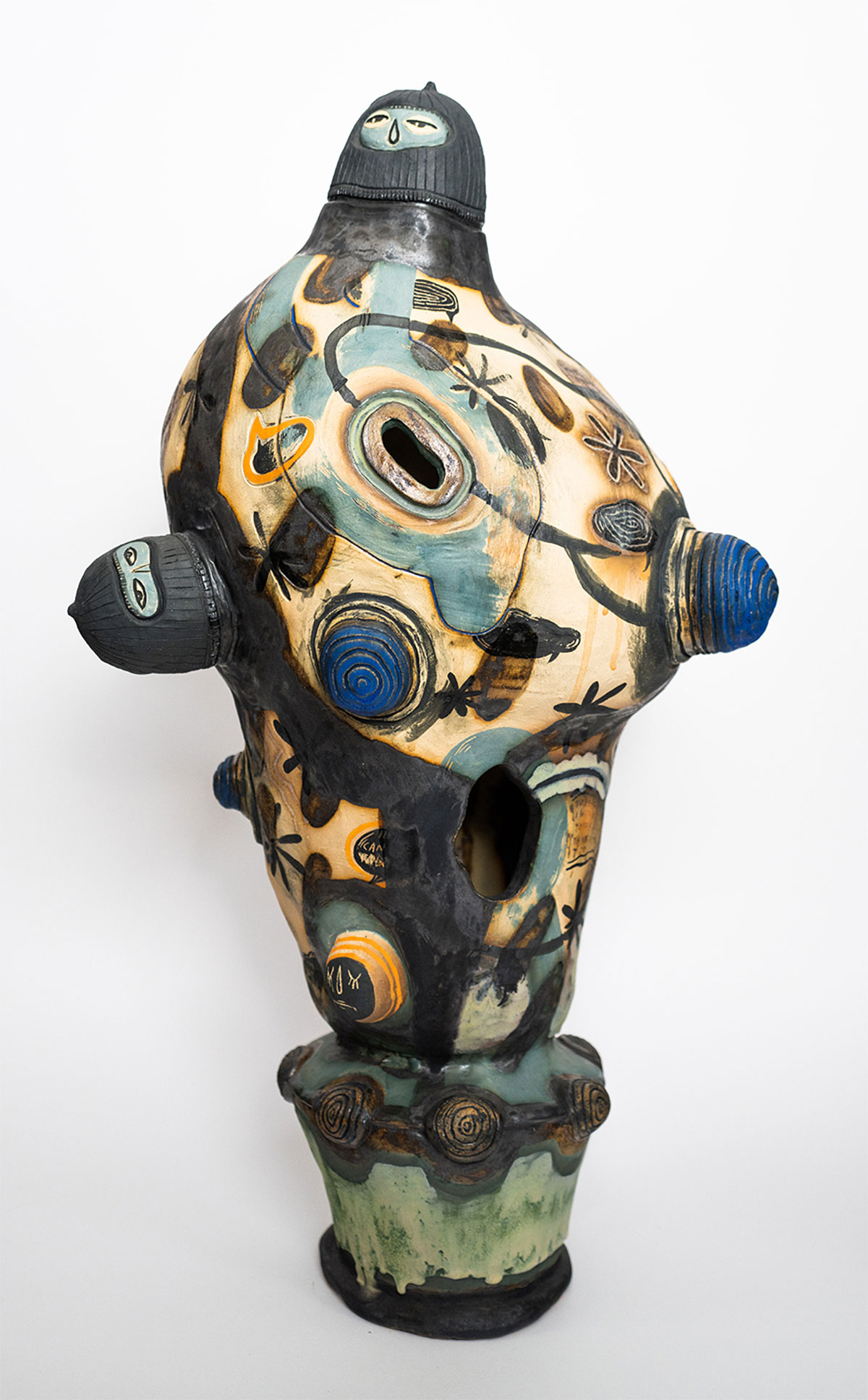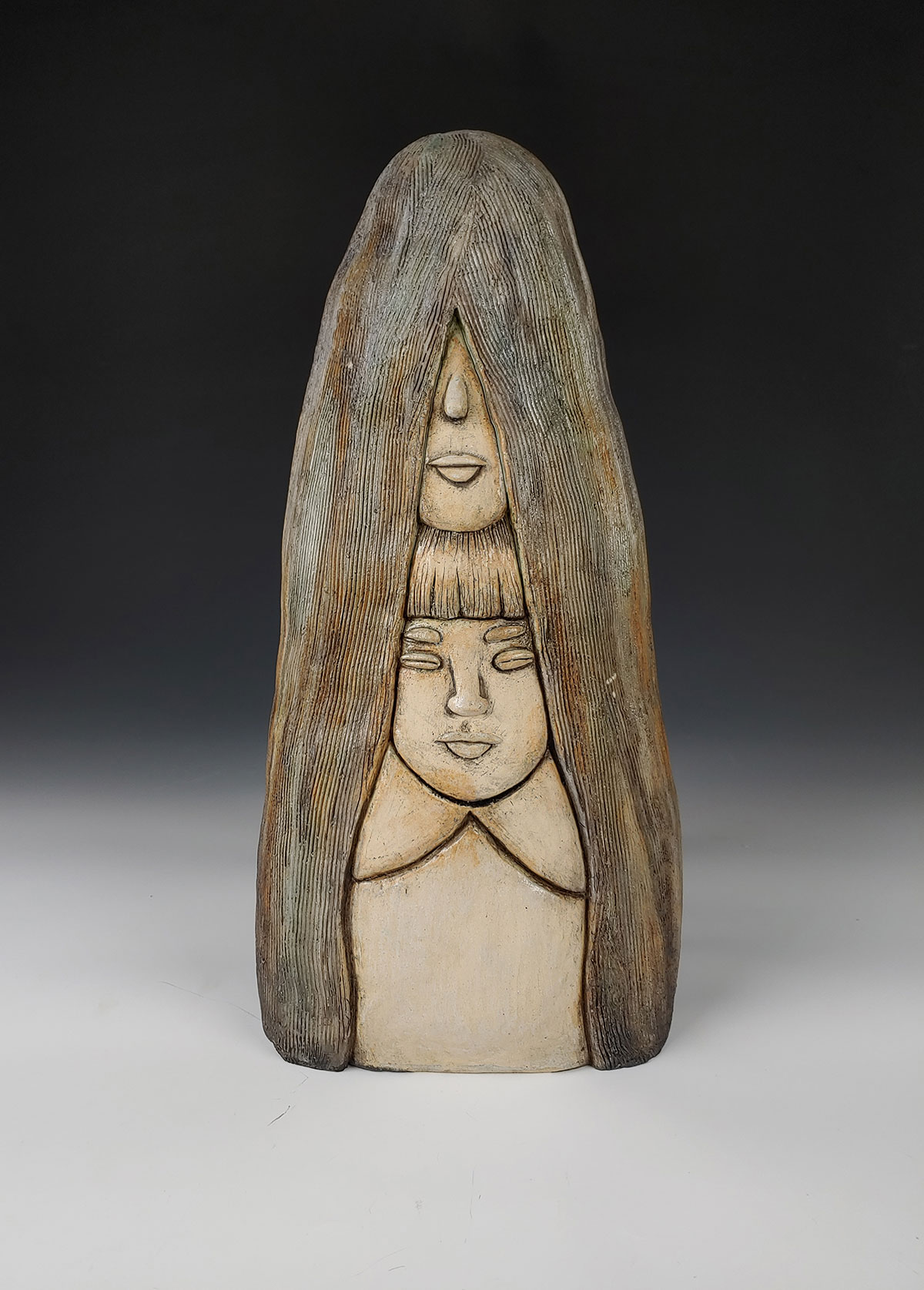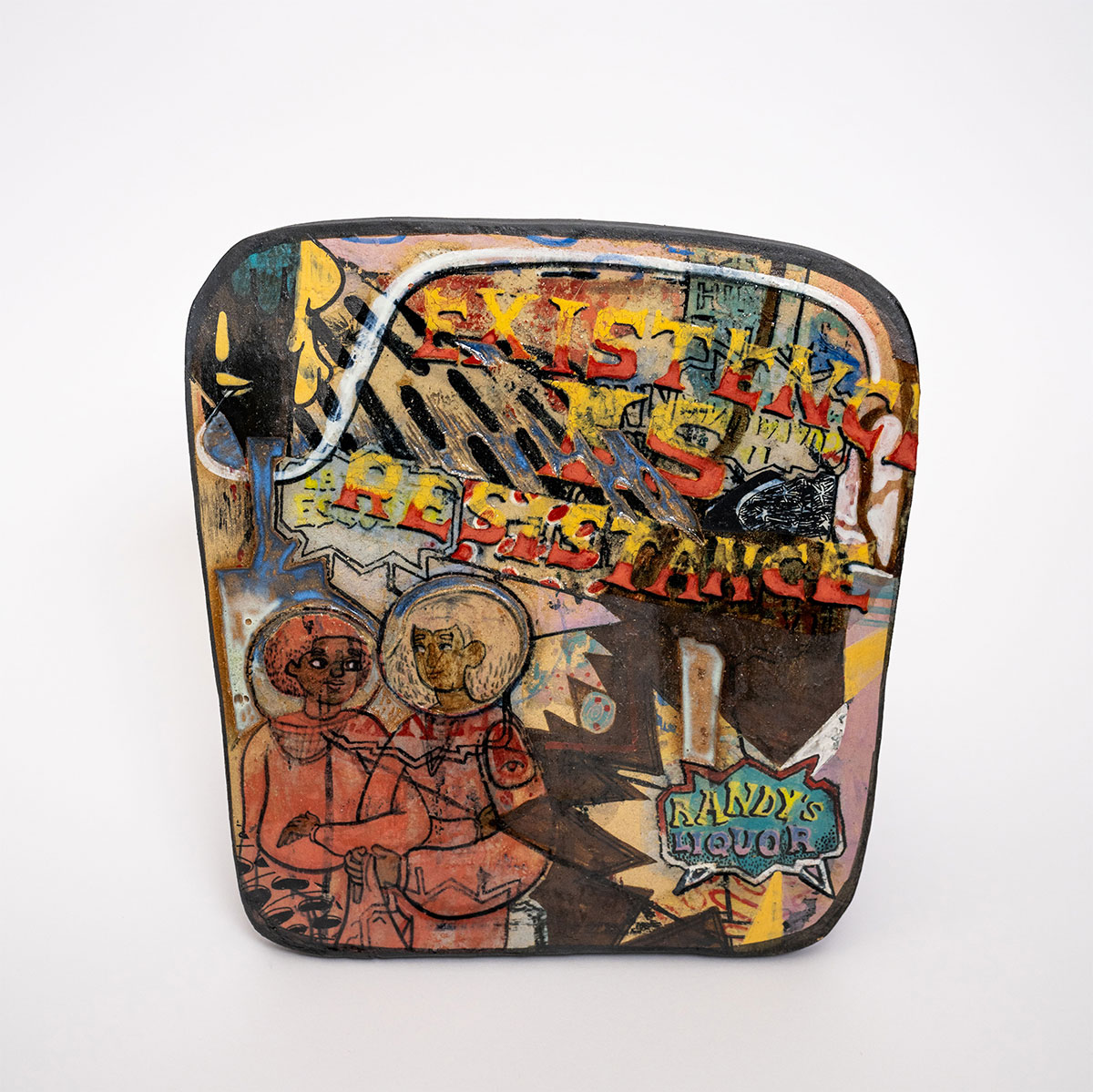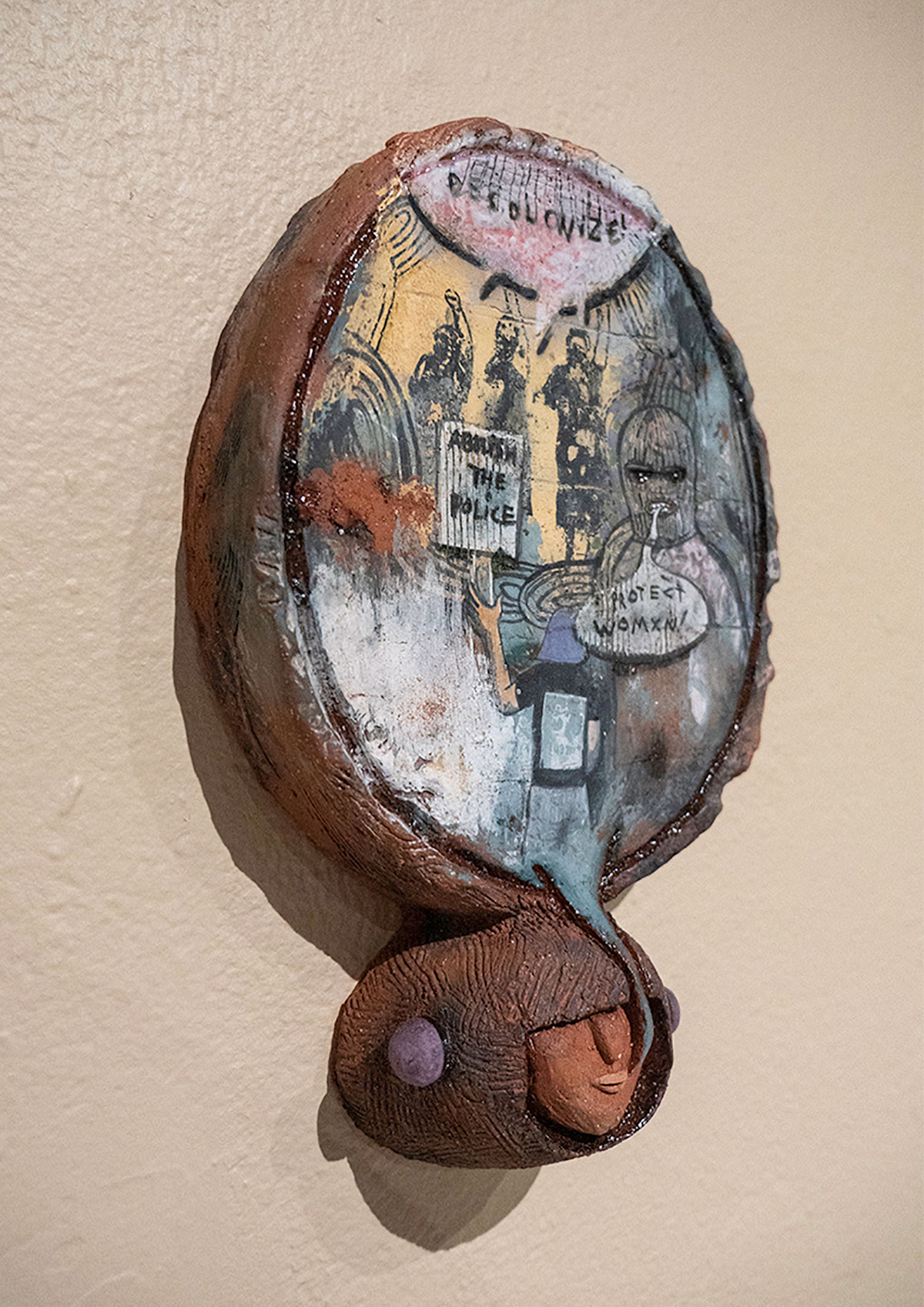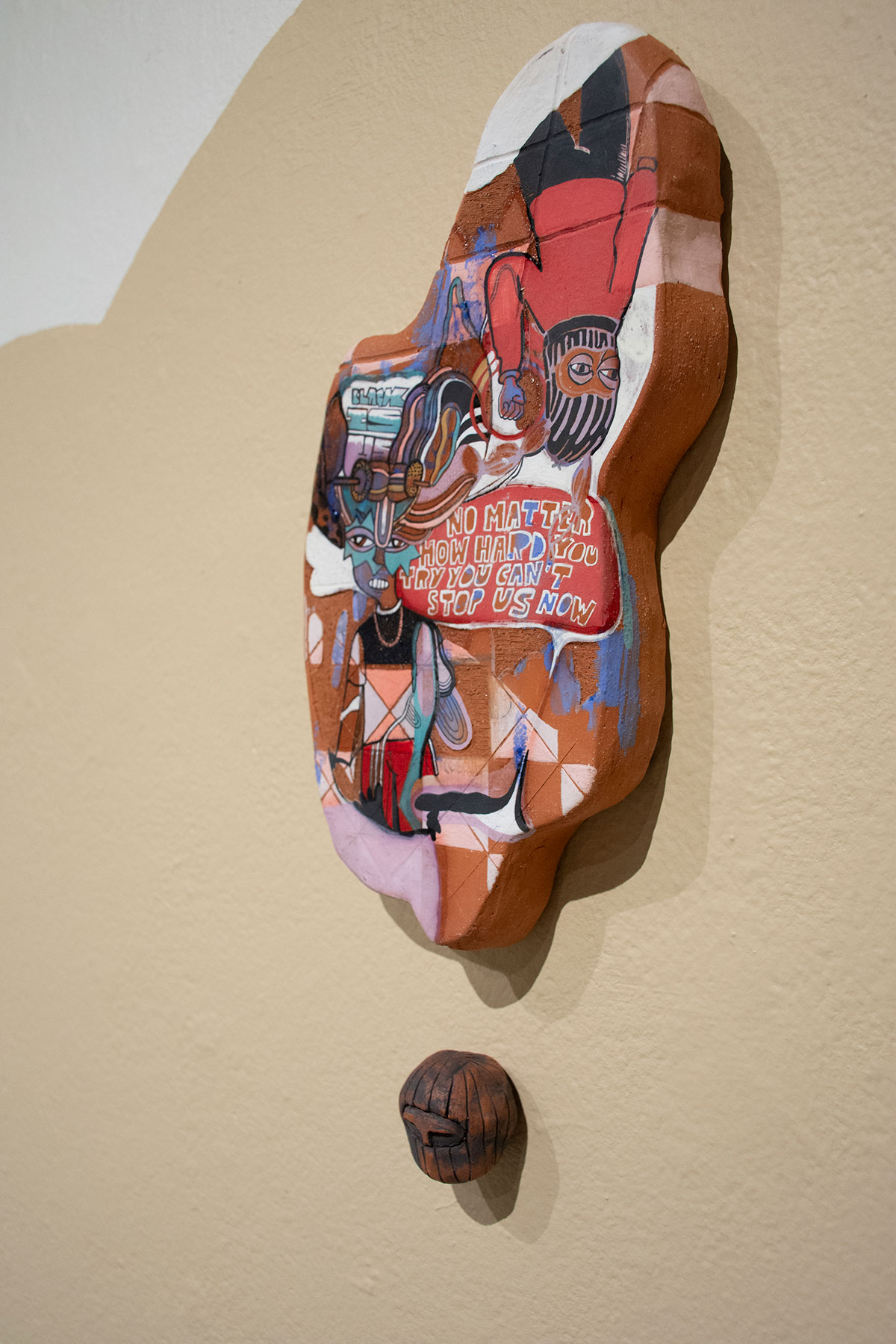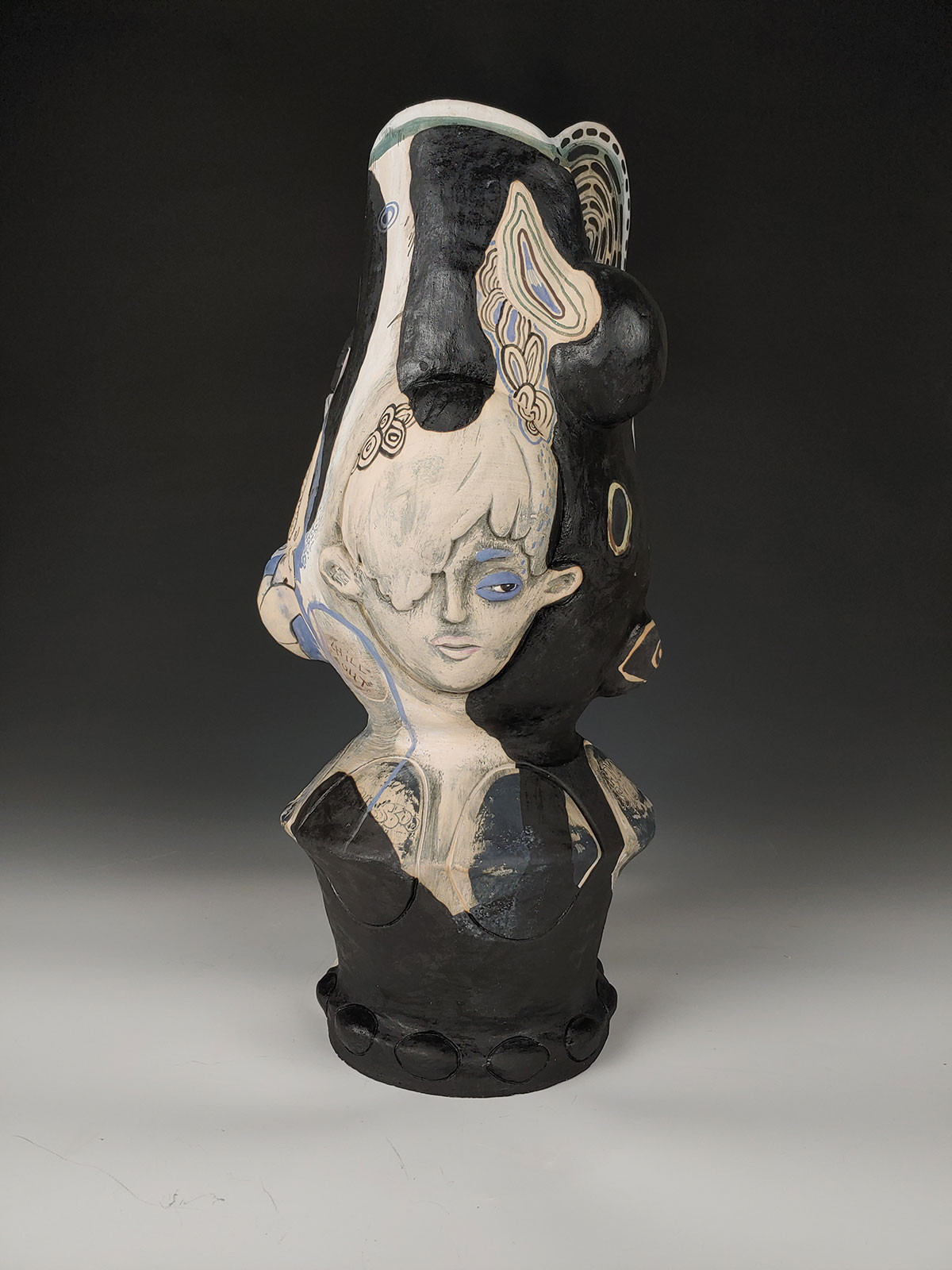Sarah Darro is a curator and writer working at the nexus of contemporary art, craft, and design. She has established an intersectional curatorial vision that is invested in reinvigorating museum spaces as forums for discourse, innovation, action and engagement through experience. Her research interests range from architecturally-influenced design and the agency of objects to artist communities, socially engaged practice and relational aesthetics. She has worked in arts institutions across the United States, in Italy, and in the United Kingdom. Exhibitions that she has curated have been featured in publications including American Craft, Architectural Digest, Condé Nast Traveler, Urbanglass Quarterly, and Arts + Culture Texas. Most recently, Darro curated Radical Objects Now, a mobile exhibition hosted within three significant architectural sites in Houston, After Memphis: Crafted Postmodern at Houston Center for Contemporary Craft (HCCC) and B. Anele: I Don’t Play That Game, also at HCCC. In 2019, she is curating Tiff Massey: A Different World and her essays “Critically Making Self: Jennifer Ling Datchuk” and “The Contemporary Blacksmith Re-Examined” will be published. Darro holds a Master’s degree in visual, material, and museum anthropology from Oxford University and Bachelor’s degrees in art history and anthropology from Barnard College of Columbia University.
2022
Sanjit Sethi
As an artist and curator, Sethi’s work has spanned different media from ceramics to video to smell and different geographies from Boston to Bangalore. Past works include the Kuni Wada Bakery Remembrance; Richmond Voting Stories; the Gypsy Bridge project. Recent curatorial projects have included Spiked: The Unpublished Political Cartoons of Rob Rogers and the upcoming exhibition, 6.13.89 The Cancelling of the Mapplethorpe Exhibition. Additionally, Sethi recently completed a body of paintings and drawings- the Delta Series.
Sharif Bey
I am inspired by folklore, functional pottery, modernism, natural history, and a lifelong affinity for West African and Oceanic sculpture. My works investigate the symbolic and formal properties of archetypal motifs, questioning how the meanings of icons, objects, and functions transform across cultures and over time. As a consequence of colonialism and conquest, African and Oceanic ceremonial objects made their way into Western consciousness as looted artifacts, stripped of their original frames of reference. They inspired European modernists both for their aesthetic interest and their perceived otherness. I am interested in investigating how fetish, racism, science fiction, and popular culture impede interpretations of ‘non-western’ objects. I play on Western conjecture by producing works that suggest non-Western utilitarian, ceremonial, or ritualistic purpose but are ultimately designed for ‘display’ for the Western consumer. I ultimately seek to expose the interpretative deficiencies of the colonized mind and place them on display beside my work.
Born as one of twelve children, Sharif Bey was raised in a large African American family in Pittsburgh. While many of the men in his family left school for jobs in industry, Bey had a pivotal experience at the Manchester Craftsmen’s Guild (MCG) while attending high school. MCG played a formative role for Bey throughout his teens, giving him a foundation of skills and extensive ceramics-world connections. Shortly after the fall of the Soviet Union, Bey studied sculpture at The Academy of Fine Arts and Design in Bratislava, Slovakia. Later, he earned his BFA from Slippery Rock University, his MFA from the University of North Carolina at Greensboro, and PhD (in art education) from Pennsylvania State University. His awards include: The United States Artist Fellowship, The Pollock-Krasner Fellowship, The New York Foundation for the Arts Fellowship, and The J. William Fulbright Scholarship. He is featured in numerous public collections including: The Smithsonian American Art Museum, The Museum of Fine Arts in Houston, The Carnegie Museum, The Columbus Museum, The Everson Museum, and The Westmoreland American Art Museum. Currently Bey is an Associate Professor of Art at Syracuse University.
Cannupa Hanska Luger
Cannupa Hanska Luger is a multidisciplinary artist who works primarily in ceramics, Luger is an enrolled member of the Three Affiliated Tribes of Fort Berthold (Mandan, Hidatsa, Arikara, Lakota). Through monumental installations and social collaboration, Luger activates speculative fiction and communicates stories about 21st Century Indigeneity, combining critical cultural analysis with dedication and respect for the diverse materials, environments, and communities he engages. He lectures and produces large-scale projects around the globe and his works are in many public collections. Luger is a 2022 Guggenheim Fellow, recipient of the 2021 United States Artists Fellowship Award for Craft and was named a 2021 GRIST Fixer, he is a 2020 Creative Capital Fellow, a 2020 Smithsonian Artist Research Fellow, and the recipient of the Museum of Arts and Design’s 2018 inaugural Burke Prize, among others.
Kelsie Rudolph
Kelsie Rudolph uses slab and coil techniques to create sculptural ceramic furniture. Her work is an abstract exercise in relatability, comparing our emotional experiences to the common materials and objects we exist with each day, providing us with a renewed sense of reciprocity and solace to our surroundings. She continuously searches for commonalities across cultural and social systems as exhibited through our relationship to objects within architectural space. The furniture she makes celebrates the moments where we all overlap out of necessity, using the furniture as an opportunity to develop self-awareness and acute sensibilities. Kelsie wants to give these objects personality and purpose through their versatility and mobility. The work can then become an independent element within a system of objects.
Kelsie Rudolph earned her MFA in ceramics from Montana State University in 2018 and her BFA in ceramics from the University of Wisconsin-Stevens Point in 2013. She has exhibited nationally and internationally and has completed residencies at Anderson Ranch Art Center in 2019, at Tainan National University of the Arts, Guantain District, Tainan, Taiwan, in 2016, at Red Lodge Clay Center in 2016, and at the China Academy of Art, Hangzhou, China, in 2014.
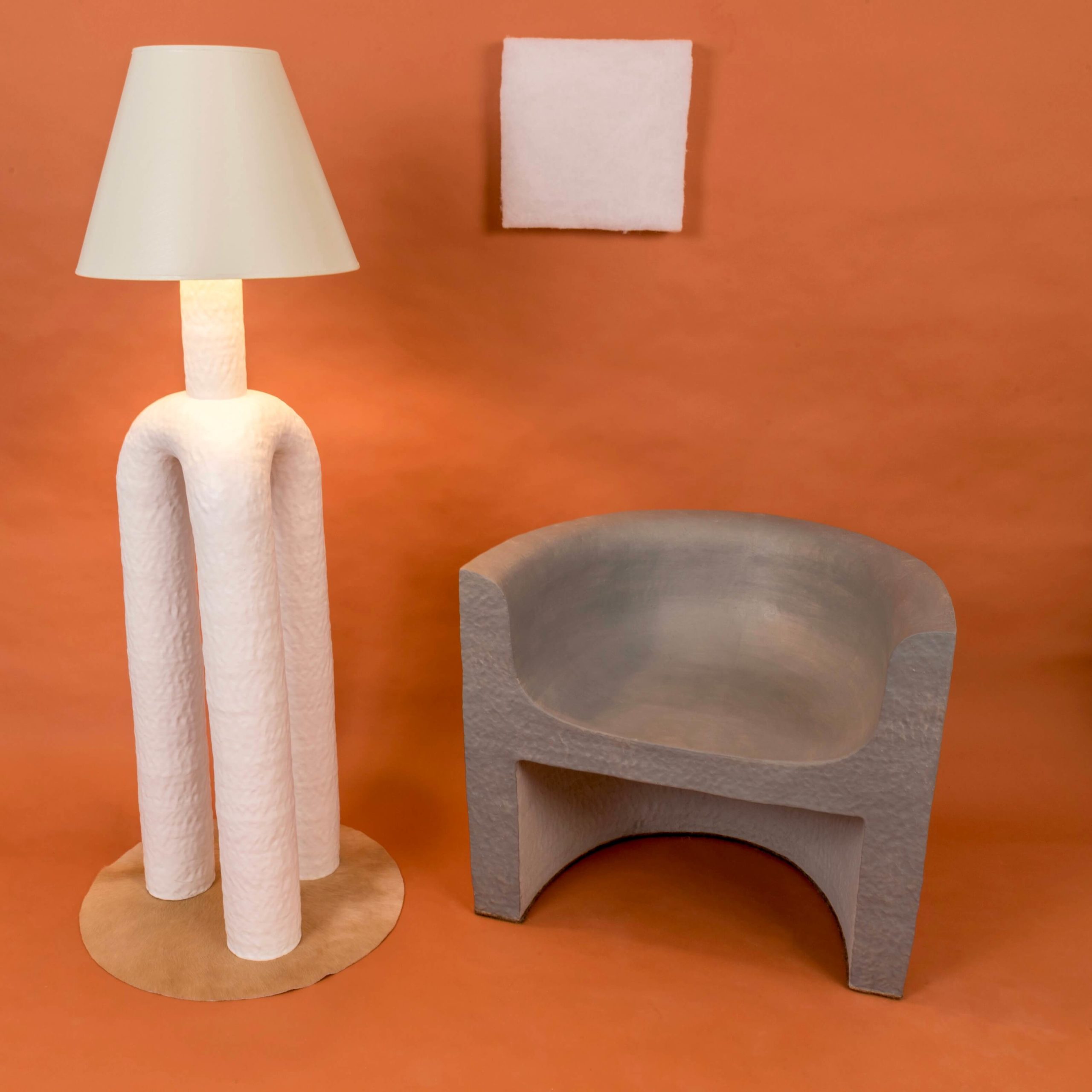
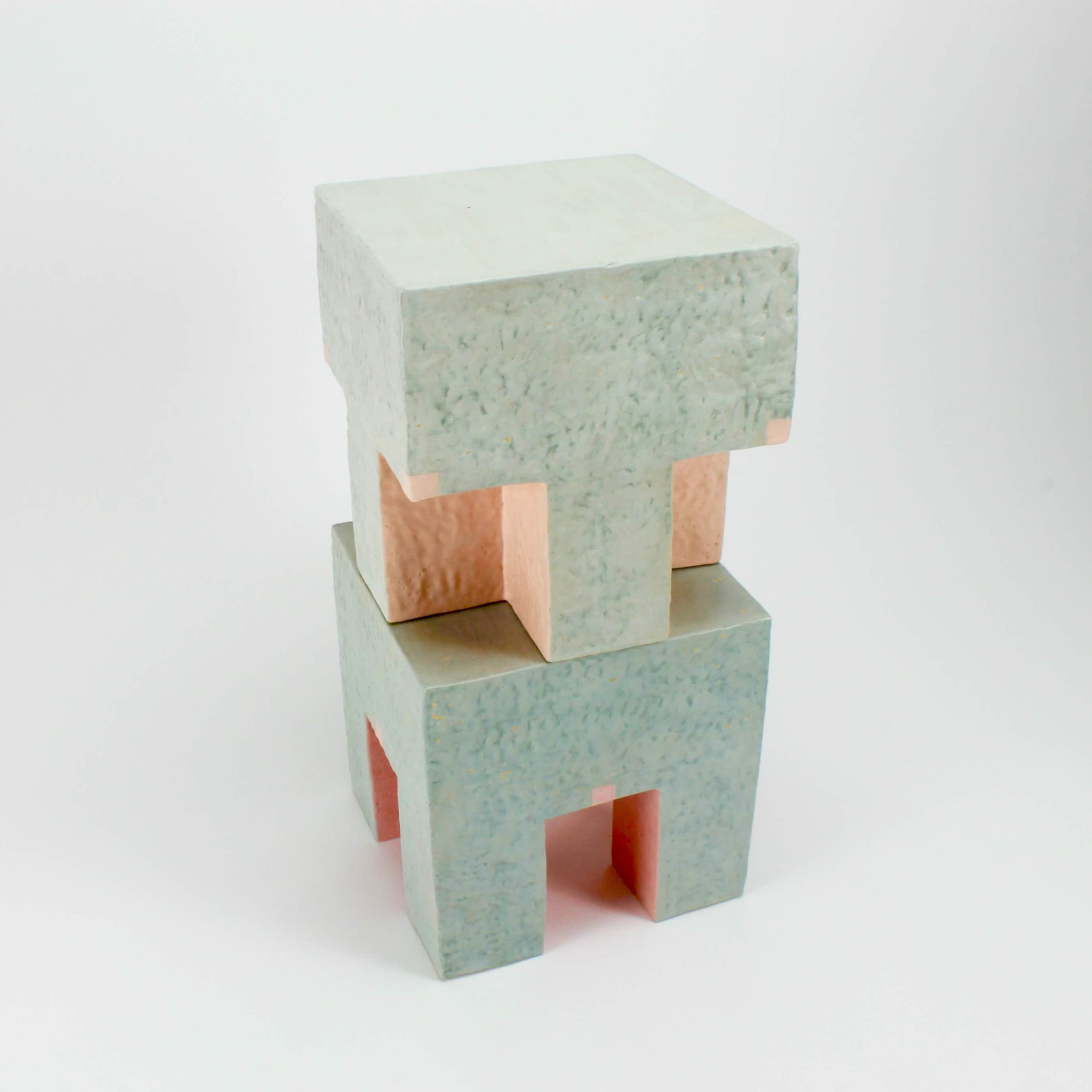
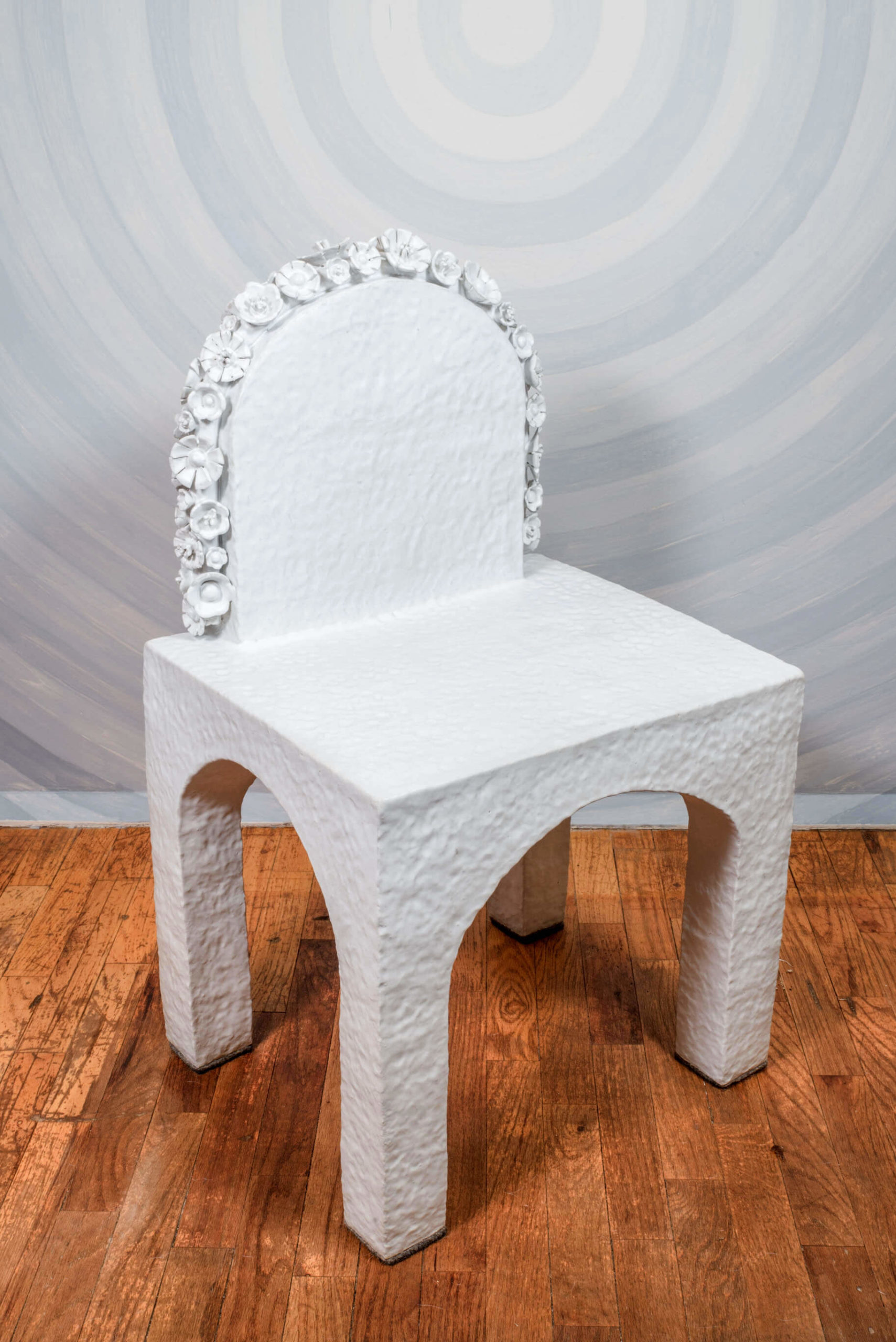

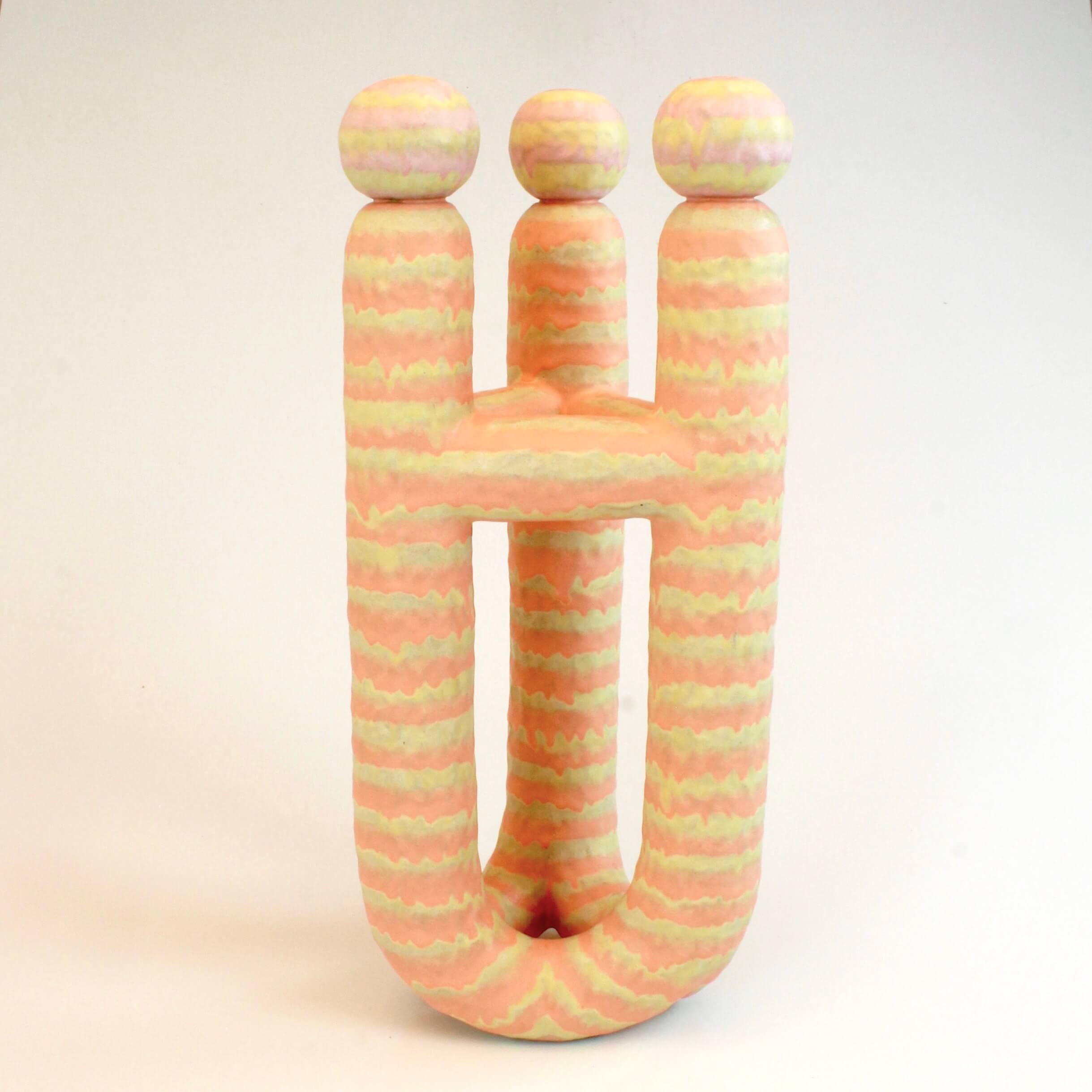
Kristy Moreno
Kristy Moreno’s current body of work examines the systems and bonds between social, political, and personal narratives. These narratives intersect to embody forms of relativity, healing and resilience. By producing these physically paused moments, she introduces a space for reflection which investigates the journey of a personal point of view, individual habits and character.
Kristy Moreno was born in the city of Inglewood, California and often found herself creating doodles of her favorite cartoons. Moving to Orange County inspired her to become involved in the art communities of Santa Ana leading her to collaborate with group collectives including We Are Rodents and Konsept. She then attended Santa Ana College where she found an interest in ceramics that lead her to transfer to California State University, Chico to pursue a BFA degree. Her work now spans across mediums from ceramics, illustrations and printmaking to bring awareness and visibility to an abundant future where mutual aid is possible.
